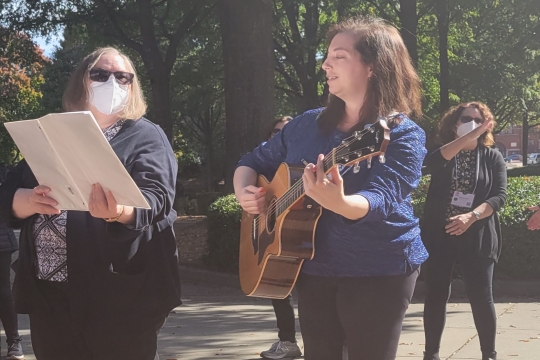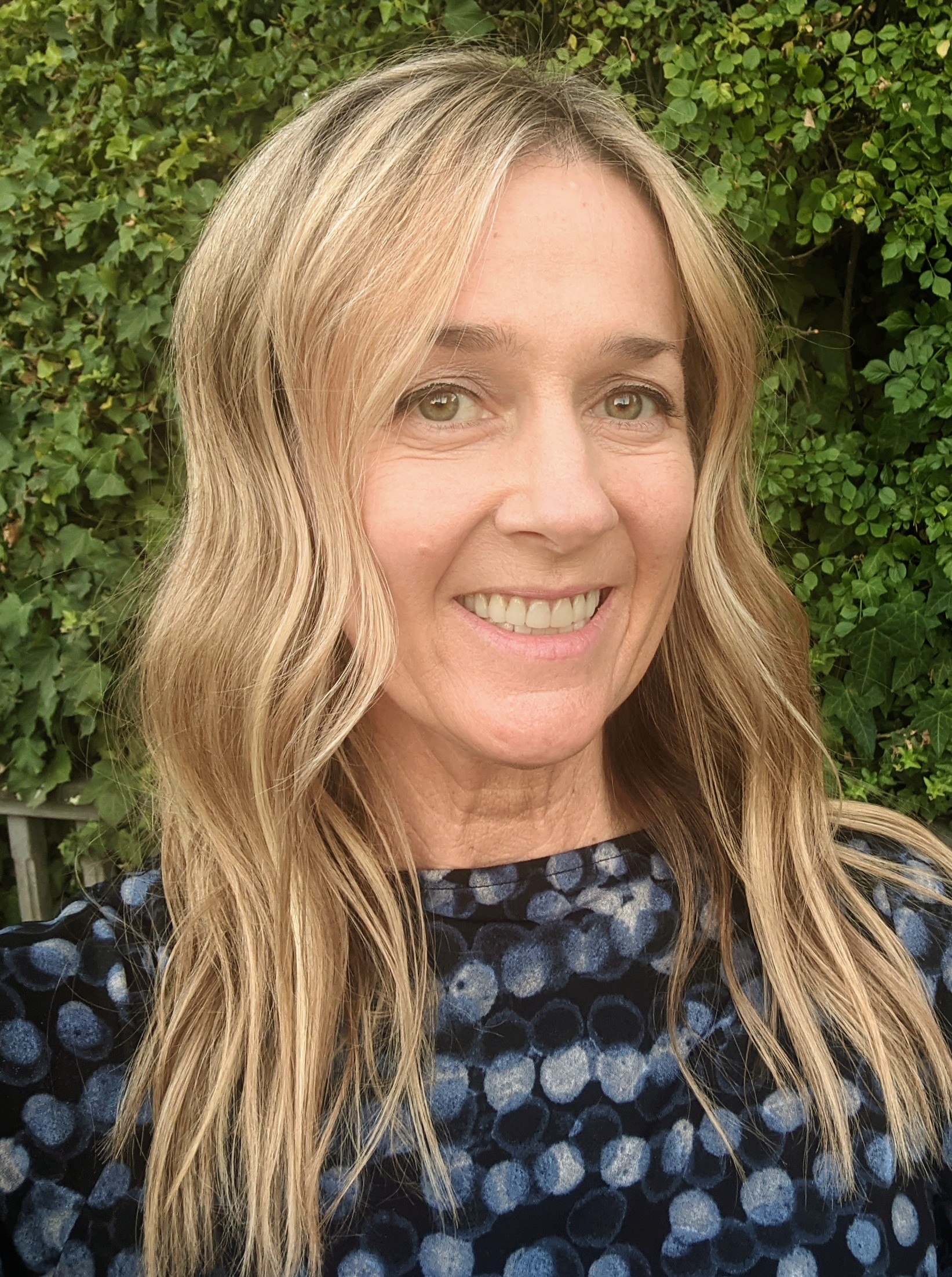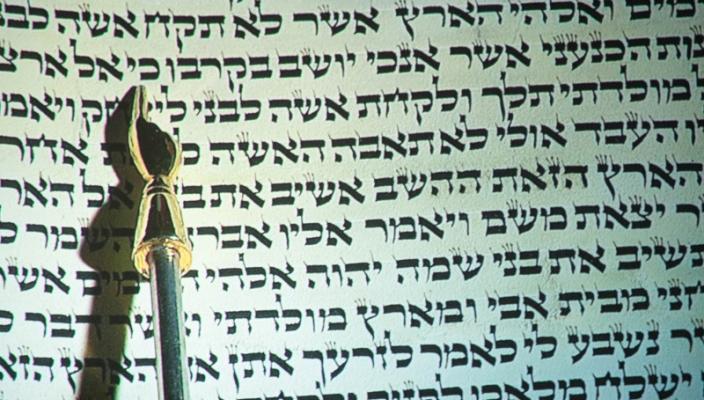
My mom died last year. I lost a best friend, mentor, and life coach. My world turned upside down. I felt myself alone in experiencing a grief so intense and painful. Not only was I unable to think of anything else, I didn't want to. I didn't answer phone calls or return text messages; I deleted emails. I declined invitations to grief groups though others said they would be helpful. Sadness and loneliness occupied my life out to the edges. I felt separated from friends, community and the rest of the world.
There are times in our lives when it may be necessary to seclude ourselves for a while. In this week's double Torah portion, Tazria-Metzora, we learn about the metzora – a person afflicted with tzara'at who had to be removed from the community and placed “outside the camp.” Tzara'at is usually translated as “leprosy,” but may be understood as any illness or inner challenge – physical, mental or spiritual – which necessitates a period of separation from communal life. Illness often sets us apart, and when sickness lingers, our distance from others grows. We've seen this with the current challenges of COVID-19. The same is true of grief and mourning. Tzara'at represents a physical expression of our vulnerability and a metaphor for life's unpredictability.
The Torah teaches us that we are never alone and reminds us there one day will be a way of returning to the community and normal life. However, we cannot free ourselves of illness or grief without the help of another human being. In the context of the metzora, it is the levitical priest who is the essential helper. The priest traveled outside the camp to visit the metzora. He was responsible for examining the metzora's condition. And once the tzara'at was healed, the priest was tasked with performing an elaborate series of purification rituals to enable the former metzora to reenter the community.
Although ritual purity is not a primary concern for us anymore, the role of the priest as healer – one who provides a lifeline to someone suffering in isolation and helps a person recovering from illness or affliction back to physical, emotional and spiritual health – is a model from which we all still can learn.
The re-entry rituals performed by the priest marked the “death” of illness alongside a spiritual rebirth, recognizing that time spent in the margins ultimately can be creative and life-affirming. In the first ritual, two birds are brought. One is killed, and one is set free. In the final ritual, the priest dabs blood (itself a symbol of life and death) on the cleansed person. Specifically, he applies lamb's blood to the ear, the thumb, and the big toe. The ancient mystics believed the head is where intellect resides, the torso and arms associated with emotions, and the bottom part of our body equated with behavior. By marking these parts of the body, the priest seemed to indicate that healing must be of the mind, soul and body. Interestingly, the only other reference to this practice is in the ordination ceremony of Aaron as high priest. The coincidence makes sense. Having been helped through a difficult time by others, we too, in time, become helpers ourselves.
Initially we feel alone in our grief. And in a way, we are right; our experience is like no one else's. Perhaps we hold on to our grief as unique as a way of turning it around and around until we somehow get used to the unthinkable. After a while, we welcome the company of others. The role of the ancient priest is now embodied by friends, clergy, and others. When people call us, check on us, spend time with us, help us with tasks and invite us out to do things, they remind us we're not as alone as we may feel. Knowing they care about us bolsters our confidence that we will make our way through grief.
One of the things grief does for us is to sensitize us to the grief of others. Maybe they will be people we already know. Maybe they will be strangers. But we will know immediately the suffering each other is going through and we will be mutually strengthened and uplifted in this new relationship.
Last year was filled with loss at our synagogue. Many of the people I knew and loved suddenly were gone. I attended funeral after funeral. It was overwhelming. Yet I found there was something healing about spending time with others who were having painful experiences similar to my own. By holding someone else's hand and trying to be their support, I found my own pain lessening a little bit. I learned when we shine a light to guide others on a dark road, our own way is also lit.
It is rough going, this passage through grief. It is a time of soul searching. We are driven to examine ourselves, to look at what we've lost. What from our loved one stays with us? What do we hope to make of the rest of our lives? It is also a time of growth in understanding - of ourselves and of others. We can't do it alone. And when the dust has settled, when the sharpest edges of pain have eased, we somehow are wiser and more compassionate. To come through great sorrow is to be re-born into the world.
I'm not through healing, but I am better. I've made peace with the reality that healing is a lifelong journey we all are on. I am grateful to my close friends and clergy at Temple Isaiah and to my WRJ sisters for helping me through the isolation and empowering me to return to the community I love so much.
Karen Goldberg is a WRJ Board member and a past president of Women of Isaiah in Lafayette, CA. She is the creator of the Sharing Our Stories project, a place where Reform/Progressive women in North America and around the world share personal stories of sisterhood, spirituality, and social good.
Related Posts
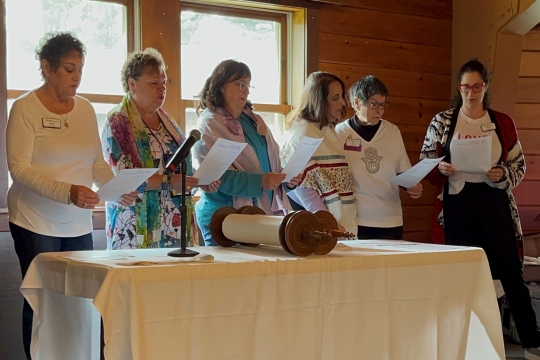
Parashat Yom Rishon shel Rosh HaShanah
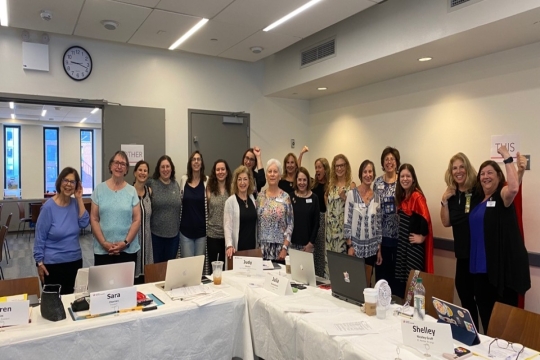
Cultivating a Culture of Accountability and Belonging
